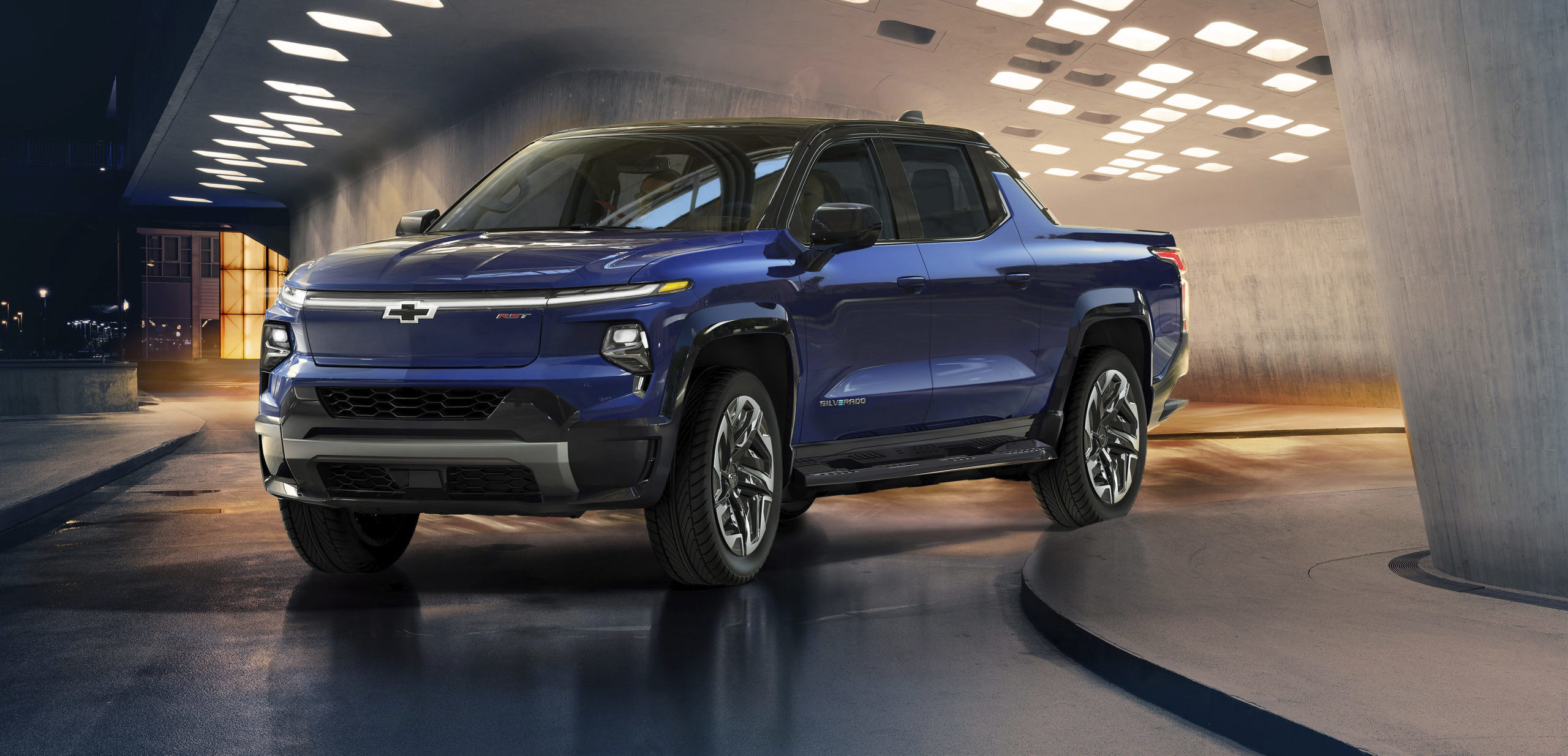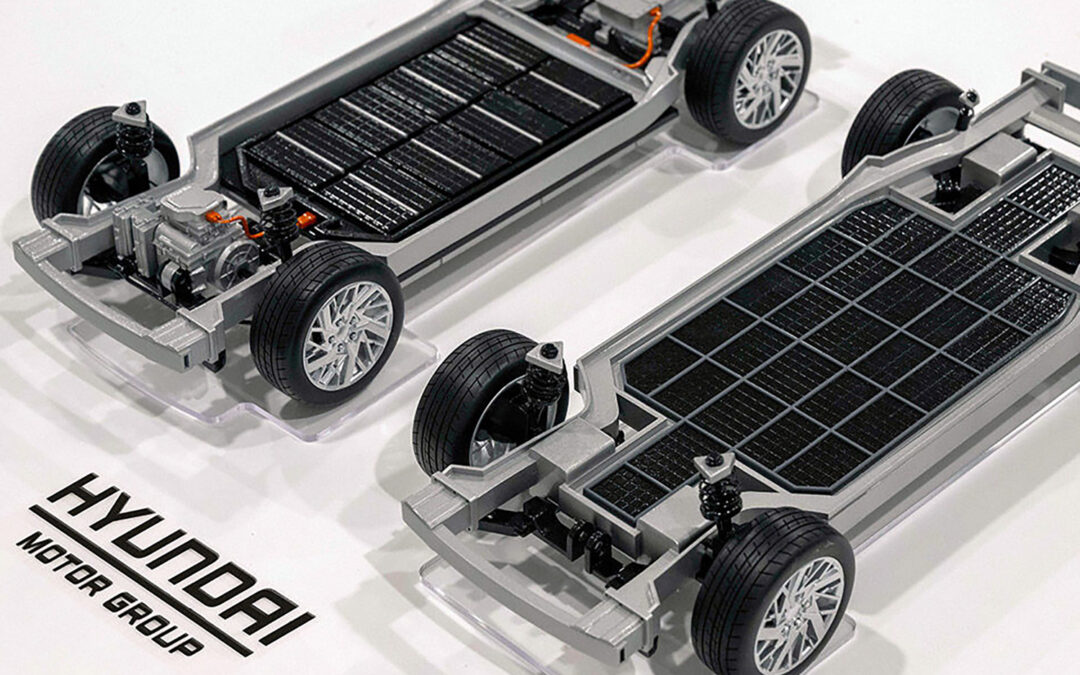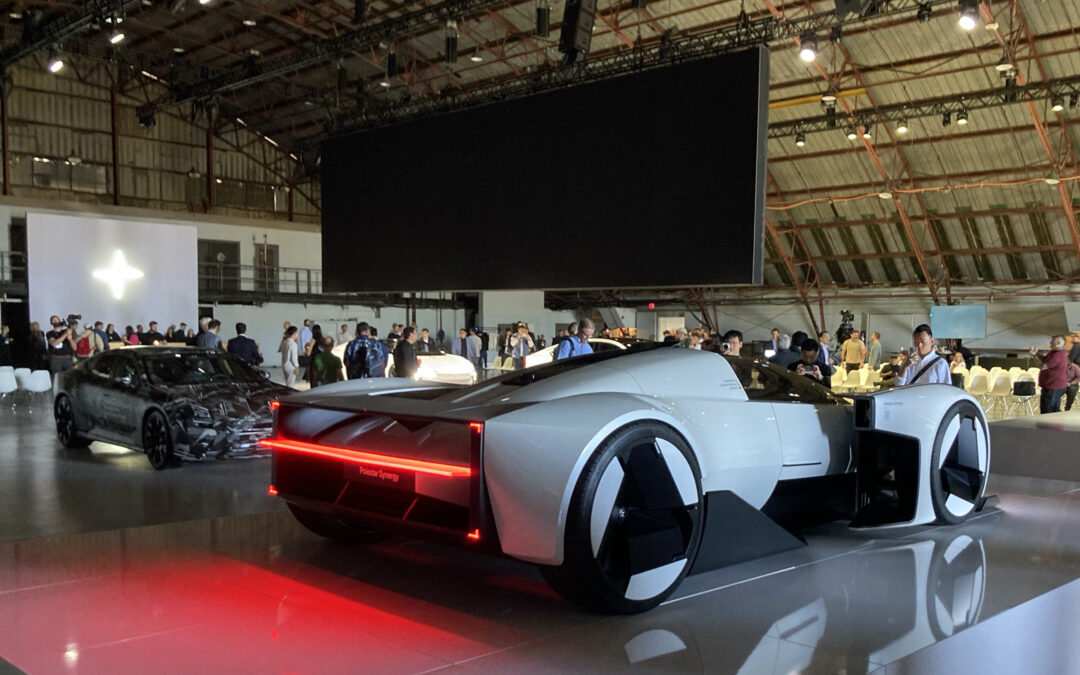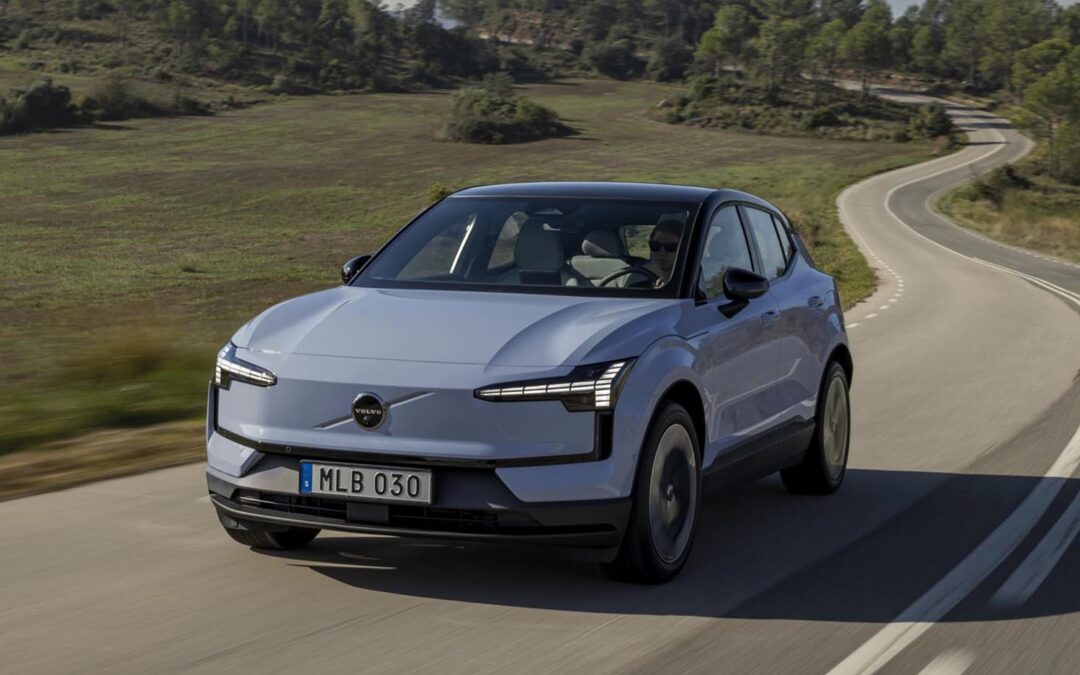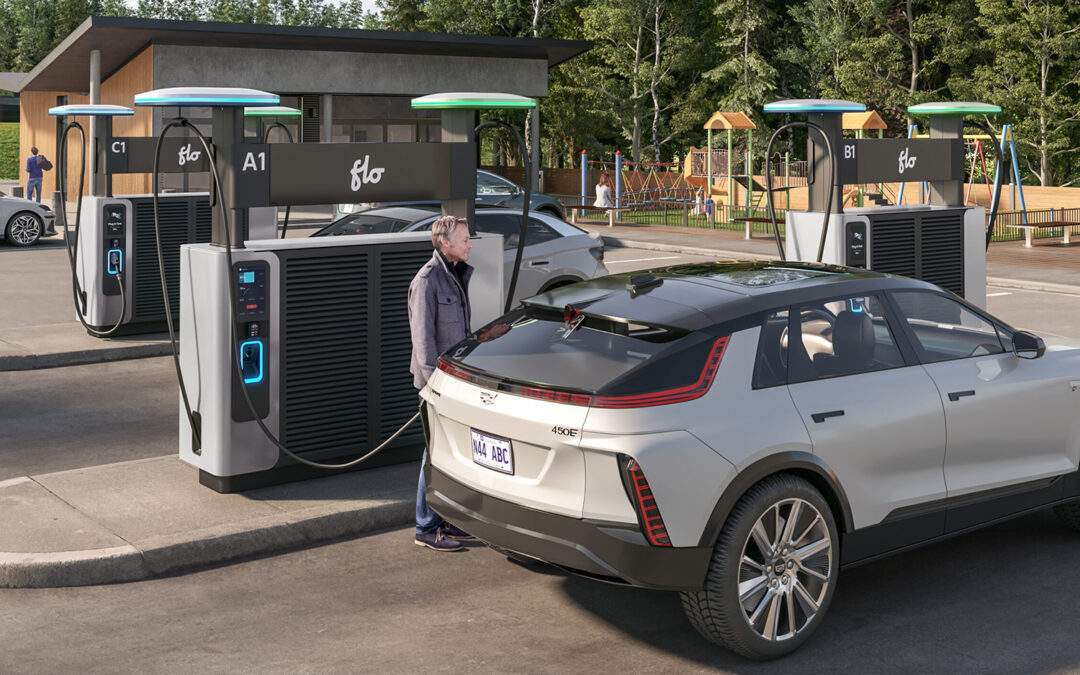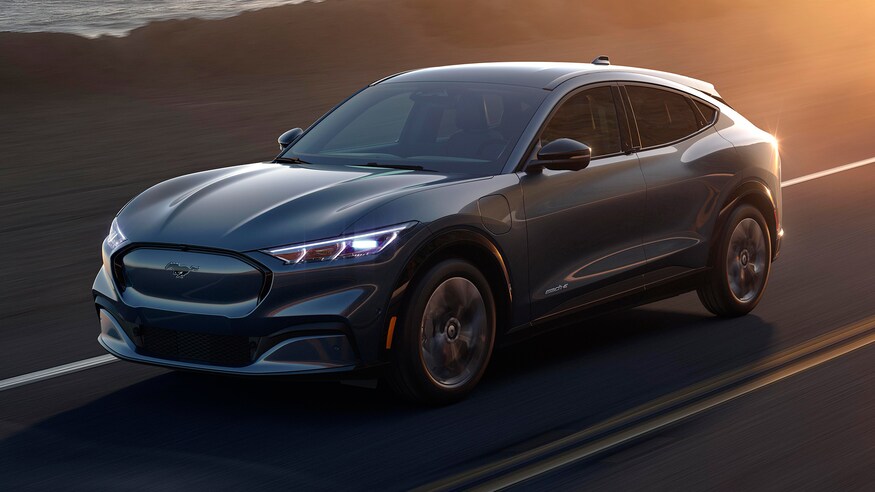General Motors has filed a patent for a dual-port charger that could, in theory, allow vehicles equipped with such a configuration to charge a second EV or power tools.
GM is set to equip both the upcoming Chevrolet Silverado EV and GMC Sierra EV with the same double-layer battery used on the GMC Hummer, a setup that allows power to be drawn from the pack in parallel rather than in series, thus increasingly each unit’s life cycle. The American conglomerate has now filed documents with the United States Patent officer for a dual charger that could feed juice to both ‘layers’ independently, a feature that could theoretically reduce charging times considerably.
Perhaps more significantly though, and should multi-EV owners have access to just one home charger, while one port is used to charge the EV, the second could be used to charge a second, smaller EV, effectively doubling up the primary vehicle as an electric generator.
Though a different concept, this has drawn parallels with the Ford F-150 Lightning, which can feed power back into the grid via bi-directional flow.
With the second port limited at rates of up to 22 kW – the first meanwhile offers a faster charging rate of up to 350 kW – charging a second EV to completion would not be possible quickly. GM, though, does suggest the dual port could be used to charge power tools or smaller battery packs, a potential selling point for contractors. In another interesting move, GM even suggested this patent could be extended to other vehicle types, including aircraft, and rail and marine vessels.
Admittedly, the dual-port system is not an entirely new concept. A variant has already been established on the Porsche Taycan, and even Chevrolet toyed with this idea on the Volt concept before the idea was dropped for production. Significantly though, the ports on the Porsche – one for DC fast-charging, the second dedicated to slower AC – cannot be used simultaneously. GM’s patent not only allows the ports to be used at the same time, they will also be mounted next to each other for convenience (ports on either side of the Porsche emphasized to owners that they could not be connected simultaneously).
